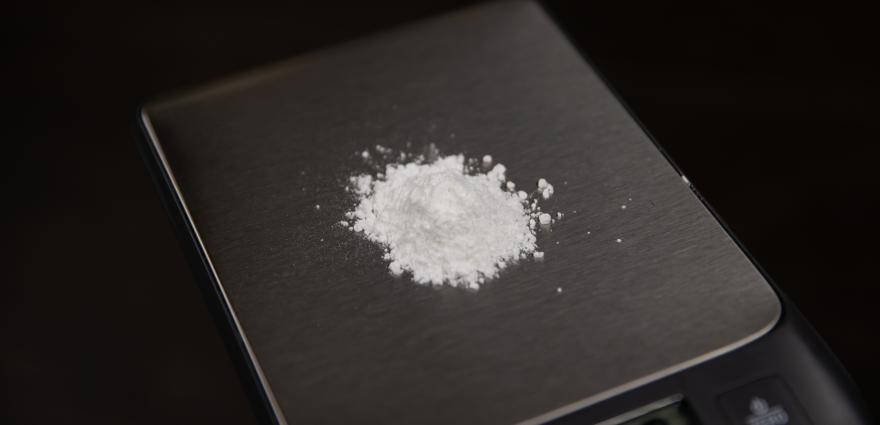The UK is “fast becoming the biggest consumer of cocaine in Europe” according to previous UK Security Minister, Ben Wallace. With this rise in demand, are suppliers cutting cocaine more than ever before, and if so, with what?
In this article, the DNA Legal toxicology team, who write expert statements for court based on clients' hair strand tests, explores trends in recently seized cocaine samples in order to help gain an understanding of this saturated market.
What is Cocaine?
Before we get into cutting agents, let's first discuss what cocaine is and the effects a user may experience. Whilst socially acceptable in many areas of society, cocaine currently kills more children and young adults than any other drug in the UK.
Cocaine is made from the coca plant that is grown predominantly in northern and western South America. It is a strong stimulant drug that speeds up the heart rate and breathing rate of a user, resulting in the person becoming ‘hyperactive’.
Compared with the effects of other abused substances, the effects of cocaine last for a relatively short period of time. A typical cocaine high can last around 15 to 30 minutes, depending on ingestion. The most common way of ingesting cocaine is to snort it, but it can also be smoked, injected, or rubbed on the gums - the fastest effects being felt after injection or smoking.
Other short-term effects may include:
- Extreme happiness and energy
- Hypersensitivity to sight, sound, and touch
- Paranoia — extreme and unreasonable distrust of others
- Loss of appetite
- Erratic behaviour - including potentially episodic hyper aggression
- Nausea and sickness
The effects experienced by a user of cocaine can be altered by other substances called cutting agents.
What Are Cutting Agents?
The term ‘Cutting Agents’ refers to the additional elements of illicit substances. It is estimated that on average, street cocaine in Europe is between 53% and 68% pure - cutting agents, making up the remaining percentages. This is a significant rise in purity compared to a decade ago.
Three commonly used terms are:
- Adulterants - Pharmacologically active ingredients added to a substance to produce an effect i.e. increasing the effects felt from cocaine use.
- Diluents - Inactive substances added to illicit drugs to bulk out the drug, consequently decreasing the amount of active ingredient i.e. increasing the profit made by dealers.
- Contaminants - By-products produced either during the manufacturing process or introduced in the distribution process.
A common practice is the addition of small cut class in cocaine that ‘cut’s’ the inside of nostrils when snorted to give a faster high.
Adulterants can include non-illegal substances such as caffeine or another illicit substance. For example, small amounts of ketamine have been found in some seized cocaine samples. The addition of these adulterants can mimic the effects of cocaine, or be added inadvertently. For example, some contaminants can include adulterants, such as bagging cocaine on a surface previously used to bag another drug e.g. ketamine.
Commonly used diluents include Benzocaine, Lidocaine, and Creatine. These diluents, like cocaine, often come in white powder form, resulting in a consumer being unaware of their presence.
Benzocaine and lidocaine are local anaesthetics which have a numbing effect, not dissimilar to cocaine.
Benzocaine throat spray
A question we often get asked is about the use of a diluent in isolation, for example, benzocaine throat spray, and whether this would produce a false positive drugs test. We can confirm that the use of this spray would not cause a false positive for cocaine in a hair strand test.
Hair Drug Testing for Cocaine
DNA Legal provide testing on thousands of substances; this can be instrumental when determining the precise drugs that someone may be consuming and providing all parties at court confidence in the testing conducted.

